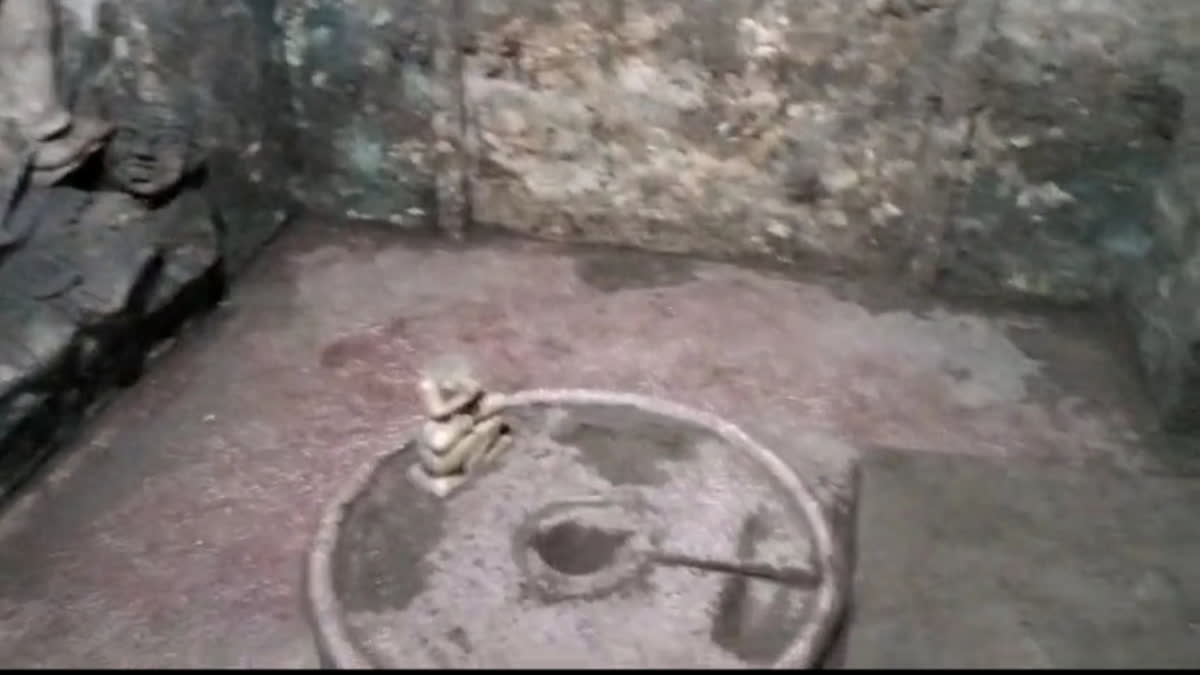Moradabad, Uttar Pradesh: In a major development, the Gauri Shankar temple in Moradabad, which had been closed since the 1980 riots, was reopened and excavated after 44 years, bringing out idols and artifacts buried under rubble. Located near the drain of Jhabbu in the Nagfani police station area, the temple had remained out of bounds for devotees.
The temple’s story is deeply tied to the tragic events of the 1980 riots. Seva Ram, the great-grandson of Bhimsen—the temple’s priest who was reportedly killed during the unrest— was instrumental in reopening the temple. According to Seva Ram, the temple had been inaccessible to his family due to its location in a Muslim-majority area.
“My grandfather was the priest of this temple. He was killed during the riots, and his body was reportedly burned there. We could not even recover the ashes. For years, we couldn’t approach the temple due to fear and unrest,” said Seva Ram.
Acting on Seva Ram’s application, District Magistrate Anuj Kumar ordered the reopening of the temple. Under the supervision of SDM Sadar Ram Mohan Meena, the boundary wall was first demolished and then the temple lock broken in the presence of police and administrative officials.
Post-excavation, several broken idols, including representations of the Gauri Shankar family, Lord Ganesha, and Nandi Maharaj idols were traced. A Shivling was found intact amidst the debris. The temple walls also feature carvings of Hanuman, adding to the shrine’s historical and cultural significance.
